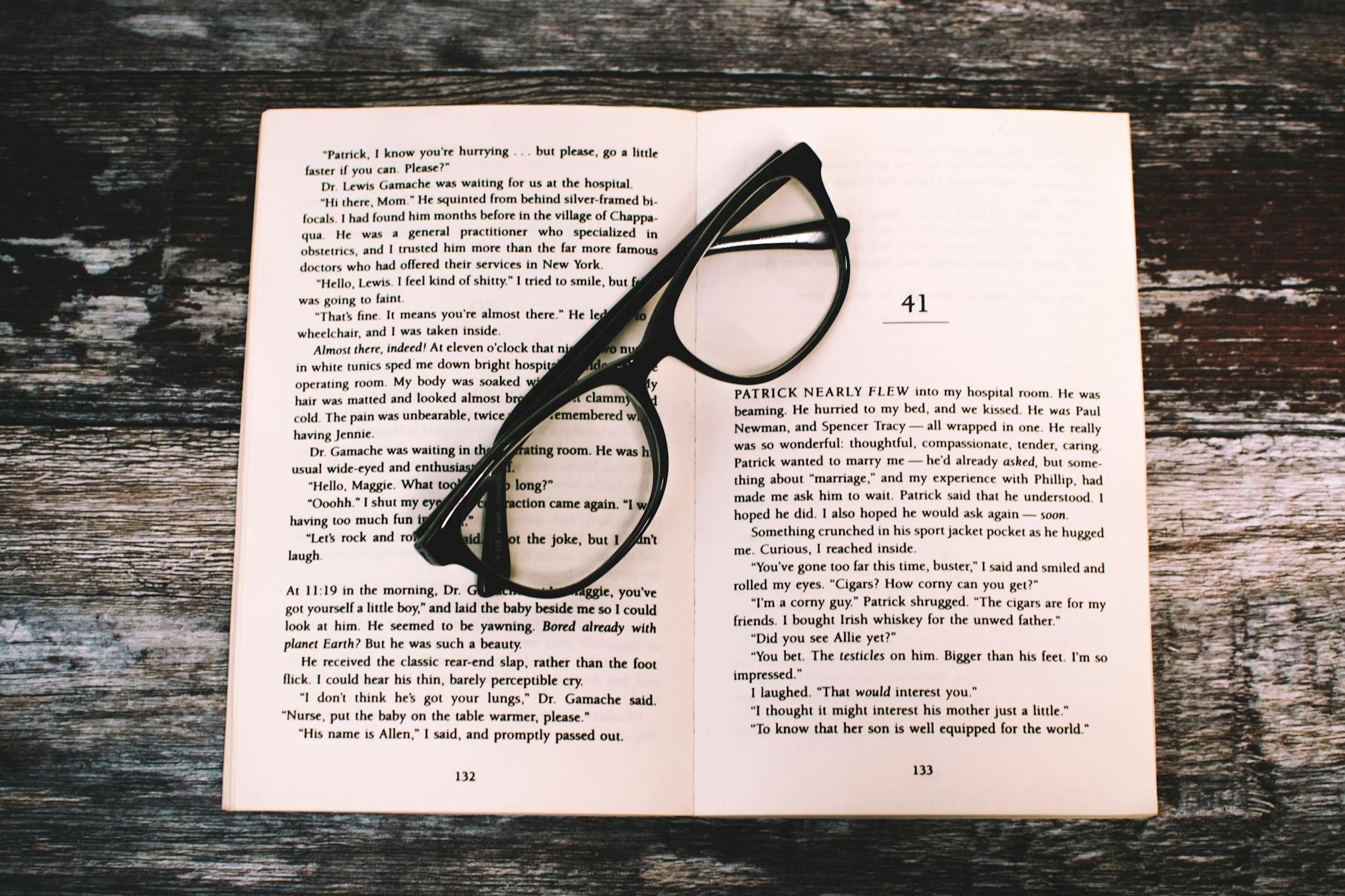What is the difference between a beginning writer and an advanced writer?
Is it long hours of writing practice? Years of learning and improving the craft? Absolutely. And of course.
But where in those hours and years of studying, practicing, and improving is the end of the beginner level and the beginning of the advanced level? How do you know if you’re even in the same plane as advanced writers?
The simple answer is this: longer sentences.
But maybe that answer is too simple. It’s a bit more complicated than that. Long sentences alone do not an advanced writer make.
You see, it’s not really the length of a sentence that creates an advanced piece of writing, but the length of the moment the writer is observing.
An advanced writer is not just someone who writes down moments well, but who also expands a single moment into something deep and complex.
Let’s look at an example.
1a. She danced gracefully.
This sentence is straight to the point. It has a clear subject and verb. It’s easy to understand. This is a great start.
If I wanted to improve it, I could take it up one level by subtracting the adverb and using stronger adjectives.
1b. She twirled with the wind.
This sentence has more energy to it. There is a slight bit of alliteration between the words “twirl” and “wind” with the “wi” sound in both of them.
But is it advanced? Hardly. We are observing a moment, yes, but not a whole moment in all of its complexity. So to truly make it advanced writing, we should expand the moment – which means expanding the sentence.
1c. The wind caught in her dress as she spun, lifting her skirt to show her bare feet as they dug into the earth.
The sentence is longer, yes, and shows a bit more complexity to it. But it’s important to note that this is not the only objective. I could make long sentences and have them be quite terrible:
1d. She twirled with the wind, digging up dirt as she spun, with the sun hitting her dress in a way that covered her in a warm glow.
You may not hate this sentence, but doesn’t it feel clunky and exhausting next to 1c? Why is that? It’s only four words longer than 1c.
It’s because there are too many subjects in sentence 1d. We have wind, dirt, and sun all slammed into one breath. That’s too many elements being shoved into one plane of a moment.
But if we layer the different planes of this moment – we separate wind, dirt, and sunlight and then stack them – on top of each other in their own bubbles, they create a layered, expanded moment.
1e. The wind caught in her dress as she spun, lifting her skirt to show her bare feet as they dug into the earth. The ground shifted ever so softly below her to accompany the delicate turn of her heel; and while she couldn’t see the sunlight as it caught her dress, she must have felt its warmth – a similar warmth that he felt while watching her.
1e is the advanced writing. Not because it’s spectacular writing or because it’s long, but because it takes a simple moment and expands it into a layered and complex moment.
The brain constantly processes multiple layers of a moments in a fraction of a second, but we don’t notice that in our day-to-day lives. Writers take the tasks and tribulations of every day life and bring fresh perspective to it by expanding the moments we fail to process all at once.
Beginning writers are learning how to put observations into words. Advanced writers can take a single moment and layer it with observations that include both the obvious and the unobvious.
Secondly, advanced writers not only observe moments and write down what usually goes unnoticed, but they also attach the emotions of the observer. This is an advanced writing technique, because the writer is not attaching his own emotion to the writing unless he is the observer. He is attaching the emotions of the character.
In the case of sentence 1e, it’s not that I, Deidrea DeWitt, see this woman dancing and am processing the moment. It’s that I am reporting what 19-year-old John Witters sees on a summer afternoon in 1924 – the afternoon he retells as the day he met his wife.
A beginning author is learning how to attach emotion to observation. An advanced author attaches the observer’s emotions to an observation, not tainting the moment with their own personal emotions.
Does this mean that advanced writers are detached emotionally from their pieces? Quite the opposite. Emotions bubble up in every writer as they write, as characters are simple extensions of themselves in some way or another. But advanced writers can observe their own emotions alongside their characters’ emotions, and will sort them properly for the piece.
So, in summary, an advanced writer layers a single moment of time with multiple observations, while simultaneously attaching the observer’s emotions to those layers.
An advanced writer can take the complex nature of existence and break it down into something simple but flavorful. It’s not enough to write long sentences or even gorgeous sentences, but to write layered sentences.
These types of sentences may not be suitable for every genre of writing, but every genre of writing deserves writers who have this skill. Once you have this skill, you pull it back, only allowing as many layers in each written moment as necessary.
A beginning writer writes simply because they don’t know how to write with complexity just yet. An advanced writer chooses to write simply, and then writes with complexity where it counts most.
